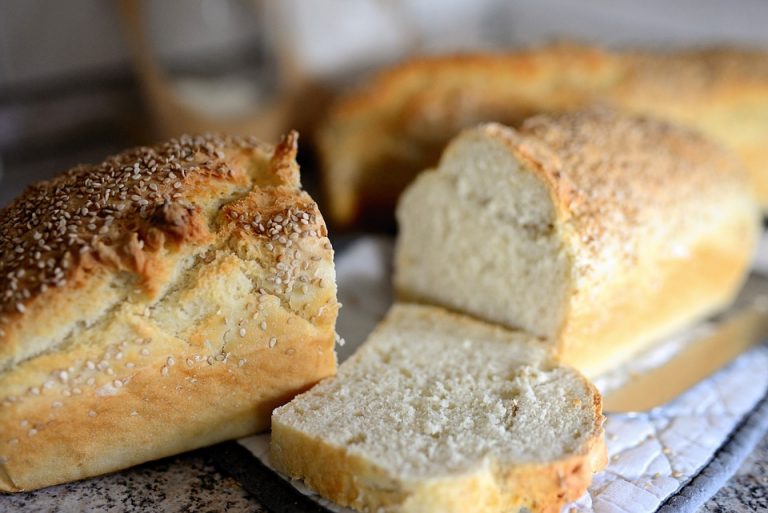
Homemade bread has been a staple in kitchens for centuries, offering a delicious and comforting addition to any meal. Whether you enjoy it as a sandwich, toast, or simply sliced with some butter, homemade bread is a versatile and satisfying option. However, many people wonder about its calorie count and nutritional facts. Let’s dig into the details and find out how homemade bread stacks up in terms of health.
When it comes to calorie count, homemade bread can vary depending on the ingredients and serving size. A standard slice of white bread typically contains around 79 calories, while a slice of whole wheat bread may have slightly fewer calories, around 71. Keep in mind that the size and thickness of the slice can also impact the calorie count, so it’s important to pay attention to portion sizes.
In terms of nutrition, homemade bread has the potential to offer a wide range of health benefits. Whole wheat bread, in particular, is known for its high fiber content, which can aid in digestion and help regulate blood sugar levels. Additionally, whole wheat bread is a good source of essential nutrients such as iron, magnesium, and B vitamins. It also contains phytochemicals, which have been linked to a lower risk of chronic diseases such as heart disease and cancer.
For those who are concerned about reducing their intake of refined grains and carbohydrates, there are also homemade bread recipes that incorporate alternative flours such as almond, coconut, or oat. These varieties tend to be lower in carbohydrates and higher in protein and healthy fats, making them a suitable option for those on a low-carb or gluten-free diet.
In terms of potential downsides, homemade bread does have the potential to be high in sodium, especially if you add salt to the recipe. Additionally, some homemade bread recipes call for added sugars, which can contribute to excess calorie intake and increase the risk of health issues such as diabetes and obesity. To mitigate these concerns, consider using lower-sodium recipes and reducing or eliminating added sugars.
Overall, homemade bread can be a healthy and satisfying addition to your diet when consumed in moderation and made with wholesome ingredients. Paying attention to portion sizes, opting for whole wheat or alternative flours, and monitoring salt and sugar content can help ensure that homemade bread fits into a balanced and nutritious diet.
In conclusion, homemade bread can be a valuable addition to a healthy diet when made with care and attention to ingredients. Whether you prefer whole wheat, alternative flours, or traditional white bread, homemade bread can provide a delicious and satisfying option for any meal. Keep an eye on portion sizes and be mindful of added sugars and salt to ensure that homemade bread supports your overall health and well-being.